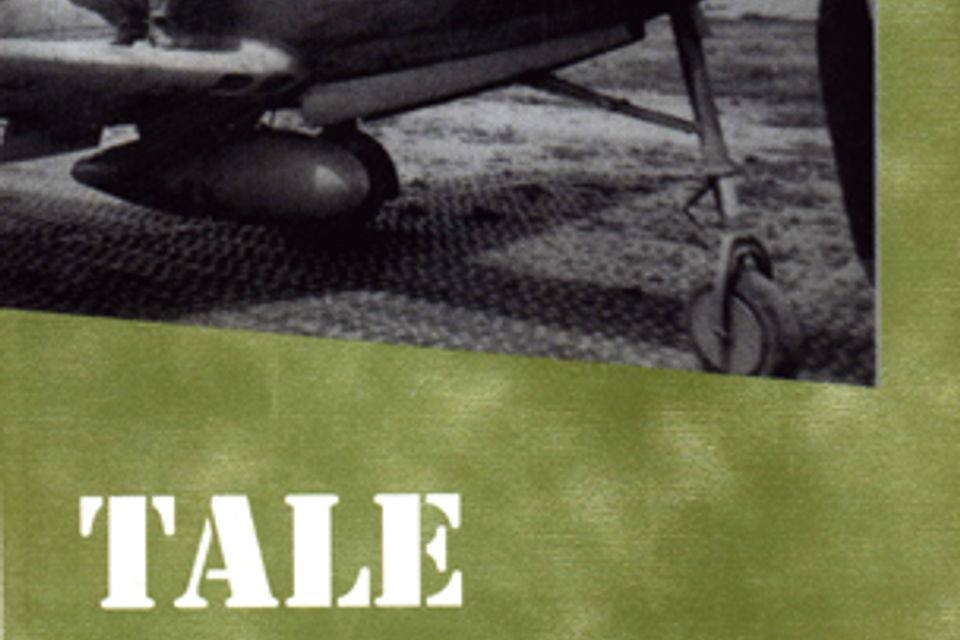Archival Library
Research possibilities at the Labor & Industry Museum are endless. Information which has never been available to the general public will be just a click away. The museum uses a software program specifically designed for museums -- Past Perfect. It is very user friendly, and the Photo and Archive Sections will be of special interest to researchers and genealogists. Also available is a Library and an Object Section. Patent information at this time is available on paper only.
Over several years, 4,580 archival pieces have been catalogued. Archival records include product catalogues, diaries, letterheads, bill statements, ads, and brochures. Commemorative pieces such as anniversary booklets, store tags, school memorabilia, public records, wage logs, union/local minutes, dues books and historical articles gleaned from newspapers and magazines, etc. can also be found in the archive.
The following is a brief sampling of the items catalogued in our archival library.
Over several years, 4,580 archival pieces have been catalogued. Archival records include product catalogues, diaries, letterheads, bill statements, ads, and brochures. Commemorative pieces such as anniversary booklets, store tags, school memorabilia, public records, wage logs, union/local minutes, dues books and historical articles gleaned from newspapers and magazines, etc. can also be found in the archive.
The following is a brief sampling of the items catalogued in our archival library.

Century Brass Drinking Fountain Catalog
Joseph P. Heeney, a pioneer in the manufacture of bubbler drinking fountains, assigned his 1910 and 1911 patents to M & H Foundry, N. Illinois St., Belleville, IL. In 1917, the company was known as 20th Century Brass with William Althoff, President. The company continues today as Century Brass Works.
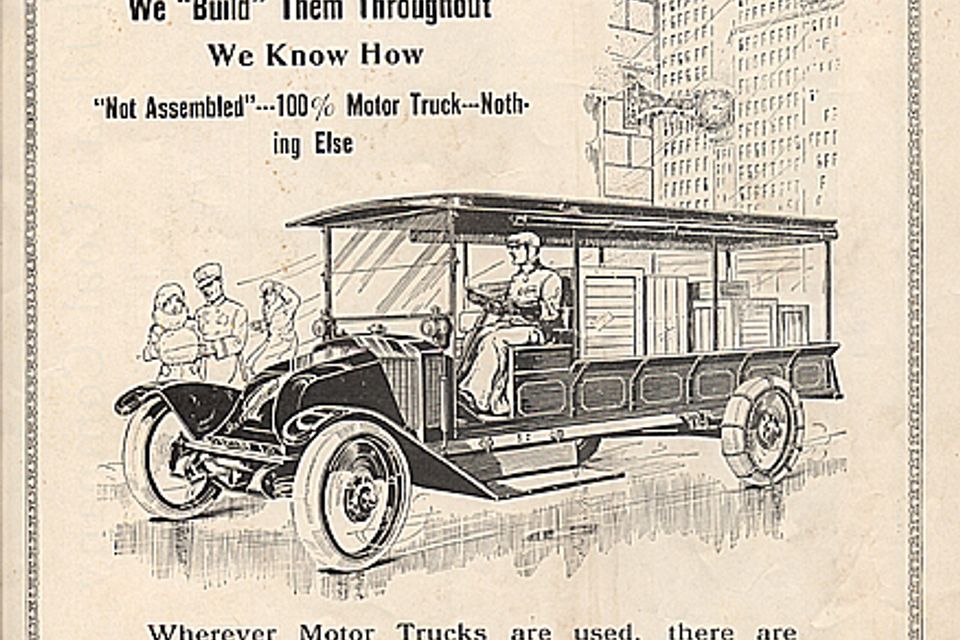
East St. Louis Car Ad (1918)
Numerous archives regarding East St. Louis, IL, have been donated to the museum. The community was founded as Illinois Town, across the Mississippi River from St. Louis, MO. Belleville, St. Louis, and East St. Louis business and industrial connections proliferated in the early 1900's. East St. Louis, a railroad and stockyard center, was home to numerous smokestack industries and realized unusual prosperity during the 20th Century war years. This International Harvester Ad dates from 1918.

Heinzelman Brothers Receipt
The Heinzelmans, along with their in-laws Timken and Ringen, were prolific inventors. The buggy and carriage manufacturers of St. Louis, MO, established a branch factory at Belleville in 1858. They specialized in the Timken Side Bar Buggy. Heinzelman Bros. moved into carriage manufacturing and eventually into kaupet auto tops with outlets in St. Louis and Denver. They were part of the Belleville business community for 80 years. Reginald and Charles Heinzelman began their quest for a perfect roller bearing in 1912. The famous Timken Roller Bearing is still used today.
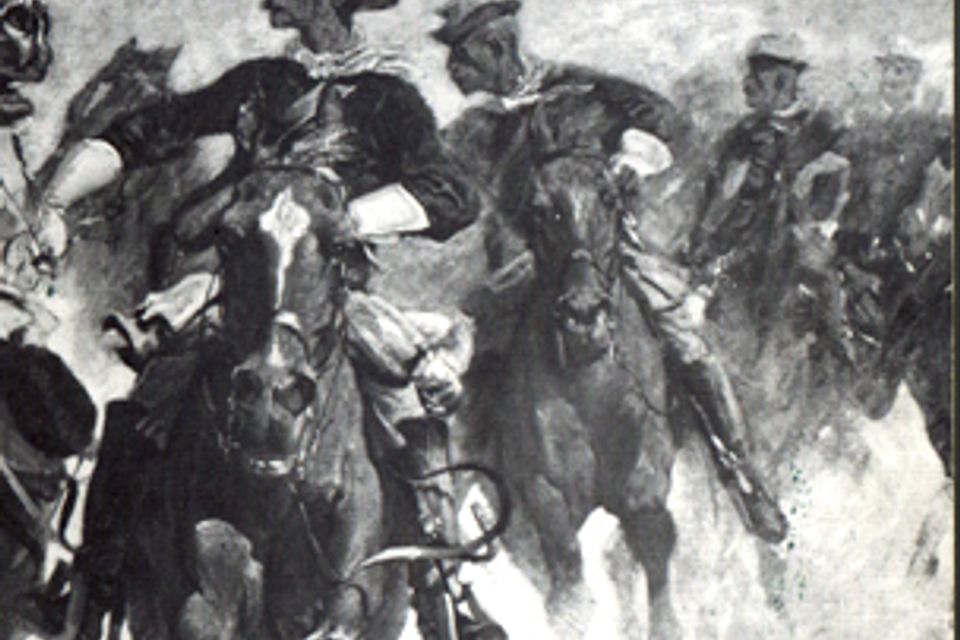
Louis Zinzer's Indian War Diary (1876)
Louis Zinzer's daily diary recounts the Indian Wars of the Black Hills in the Dakotas from May through October, 1876. Zinzer (1854-1925) was a member of the 3rd U.S. Cavalry, Company C. In a second career that spanned thirty years, he was a travelling agent for Belleville Stove & Range Co.

Musician Union Meeting Minutes (1912)
The minute books of Belleville's Musicians' Union are a valuable asset. This sheet, dated August 22, 1912, states the expenses and receivables of a "Picnic Committee". The set of record books also reveals interesting information regarding union organizing, membership lists, dues and fines. The entertainment musical tastes of the general public and the instrumental makeup of the bands over the years are interesting to review. The Archive also includes record books from coal companies, brick layers and brewery unions.
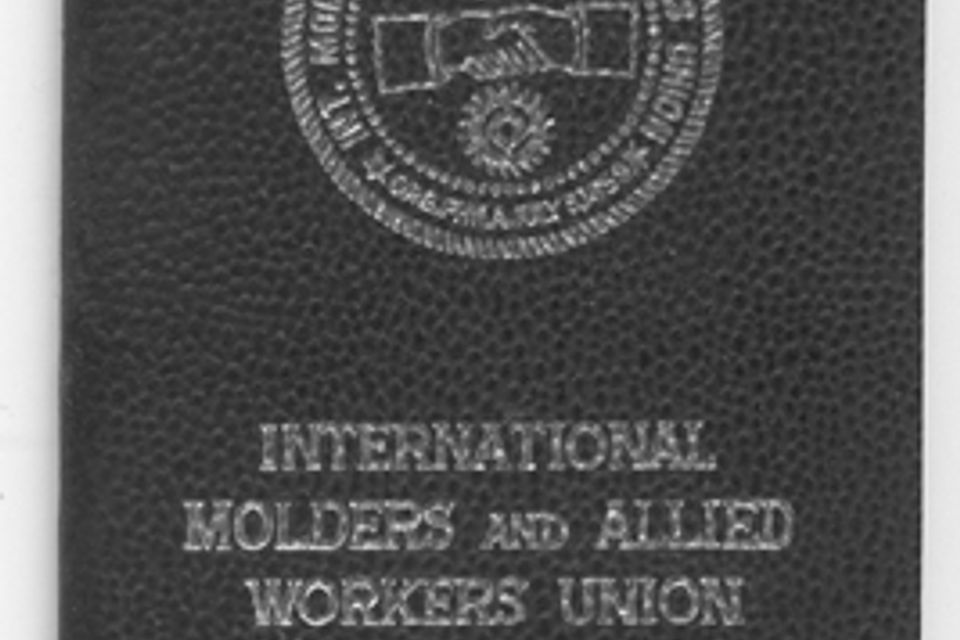
Molders Dues Book
In 1931, Julius Klebolt after serving as a molder's apprentice, was initiated into the International Molders & Allied Workers Local 182. His dues book indicates his membership extended through June, 1976. When he retired, his dues were $1.50 per month.
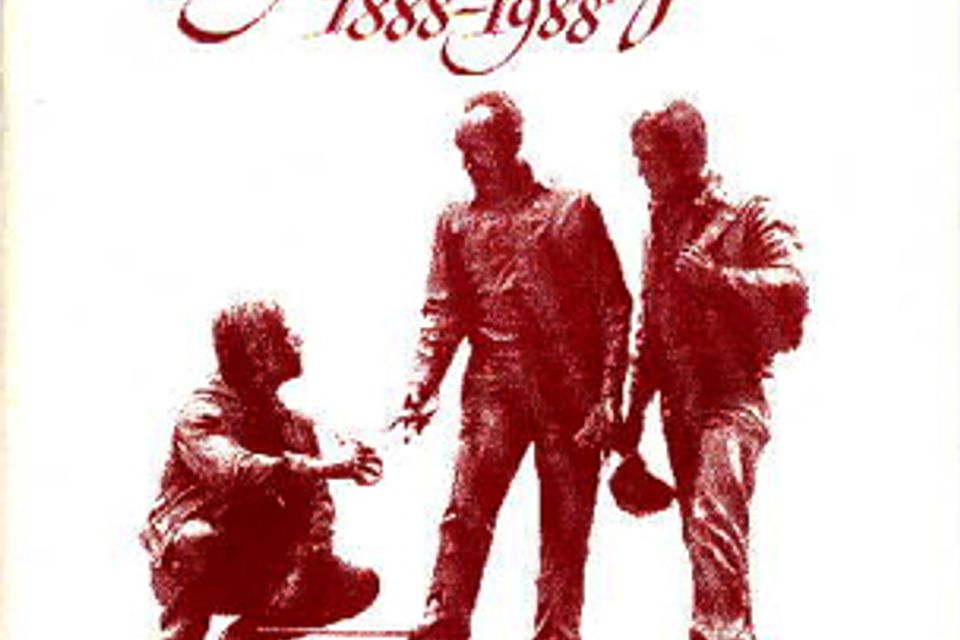
Sheet Metal Workers 100th Anniversary Book
The earliest reference found thus far to the tinner trade in Belleville is 1844. Tin and terne plate roofs and cornices were an important counter to sparking chimneys. Sheet metal and tinners built rain gutters, roasting ovens and, more recently, duct work. Sheet metal workers are found at all construction sites, ship yards, railroad yards, etc. The 1888-1988 Anniversary Book of Local Union 268, Caseyville, IL, indicates the average wage for unionized tinners reached .25 per hour in 1896.

